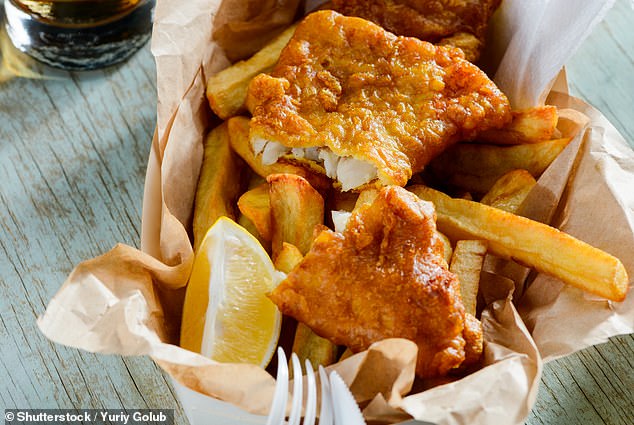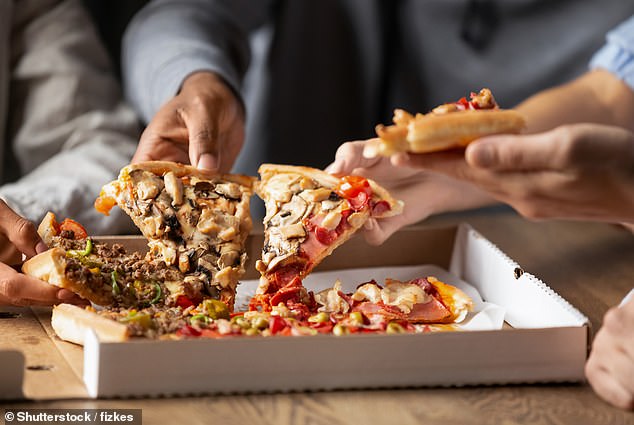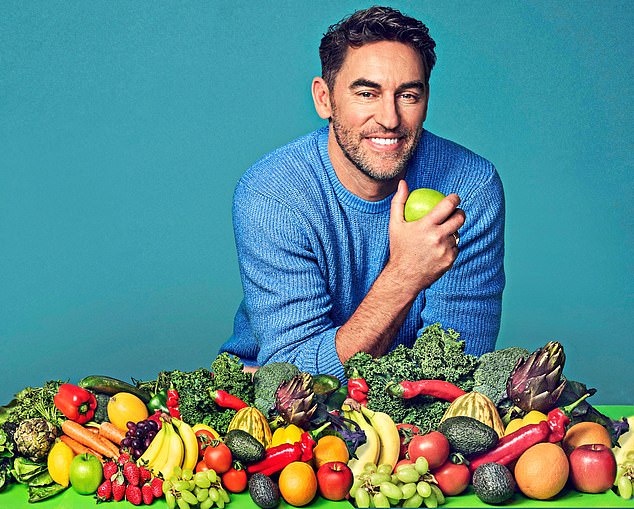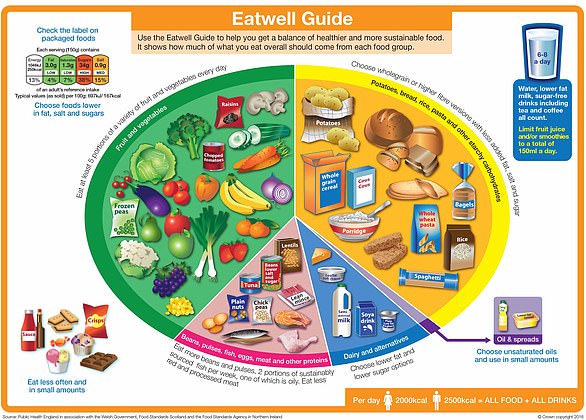The Supermarket ‘Fakeaway’ Recipes That Can HALF the Calories in Your Favorite Family Weekend Dinners
It’s no surprise that takeaway food like fish and chips, pizza and burgers can make you gain weight.
But if you cook the same meal at home, you’ll save hundreds of calories.
Making your own fish and chips can save you over 500 calories and making your own kebabs can save you over 700 calories. Making burgers at home can also help you save 380 calories.
For comparison, the average woman is advised to drink 2,000 litres a day to maintain a healthy weight, and a third of the 2,500 litres recommended for the average man. So these savings can really make a difference.
Here, MailOnline compares the calories in ‘fakeaway’ recipes online with the same recipes in restaurants and takeaways.
Making your own fish and chips can save you over 500 calories and making your own kebabs can save you over 700 calories. Making burgers at home can also help you save 380 calories
Almost all 20 recipes compared on this website showed that making your own version of takeaway meals at home is much lower in calories, with some takeaway meals even containing twice as many calories as a ‘fake meal’.
A recipe on the Tesco website for a Beer battered fish and thick fries Total 778 calories per serving.
The white fish, breaded in cornflower and amber beer, is fried in sunflower oil and served with oven chips and a homemade tartare sauce.
For comparison, a meal from the real Wetherspoons contains 1,303 calories. That’s more than half the recommended daily calorie intake for adults.
Another recipe for a easy chicken korma still made with whipped cream and mango chutney, contains only 454 calories per serving.
But at Wetherspoons, a similar dish, Chicken Tikka Masala, contains almost double the calories, at 830.
A recipe for destroying burgers on Tesco’s website, consisting of two burgers, tomatoes, lettuce, pickles and a homemade burger sauce, contains 749 calories per serving.

A Tesco recipe for Ale-breaded fish and chunky chips contains 778 calories per portion. By comparison, a Wetherspoons meal contains 1,303 calories — more than half the recommended daily calorie intake for adults
But at Five Guys, a cheeseburger with mayonnaise, lettuce, pickles and mustard contains a whopping 1,130 calories.
To put it in perspective, that’s more than two McDonald’s Big Macs, which works out to 493 calories per burger.
If you choose to make your own pepperoni pizza, you’ll save almost 500 calories.
A Waitrose recipe for a spicy pizza from the panmade with a jar of tomato sauce and basil, contains 710 calories per serving, but at Dominoes even a small pepperoni passion pizza contains 1,205 calories.
Make it yourself chicken enchiladas according to a recipe on the Tesco website, it also saves you hundreds of calories, with 577 calories per serving.
The recipe is packed with fiber, includes fresh bell peppers and a can of black beans.
If you order chicken enchiladas at Las Iguanas, you run the risk of gaining weight, as one serving contains a whopping 1,036 calories.

A Waitrose recipe for a spicy skillet pizza contains 710 calories per portion, but at Dominoes even a small pepperoni passion pizza contains 1,205 calories
But one of the biggest differences is between a homemade kebab packed with fresh, fiber-rich vegetables and a greasy takeaway kebab.
A BBC Good Food recipe for Turkish kebabs with tomato chili sauce served with a flatbread, vegetables and salad contains only 276 calories per serving. This recipe contains fresh tomatoes, chili peppers, Greek yogurt and fresh coriander.
Still, German Donner Kebab’s original chicken kebab, served with three types of sauces, contains 1,026 calories — 750 calories more.
But it’s not just the calories you save when you cook at home.
When cooking for yourself, you can choose ingredients that are lower in fat, sugar and salt and higher in fiber, as you see in many ‘fakeaway’ recipes.
Government guidelines advise adults to eat 30 grams of fibre per day as part of a healthy, balanced diet.
That’s because eating plenty of fibre is linked to a lower risk of heart disease, stroke, type 2 diabetes and bowel cancer, according to the NHS.
Adding more vegetables to your meals, eating fruits and whole grain bread can help you get more fiber.
Rob Hobson, certified nutritionist and author of unprocessed your life, stresses that ‘it depends on your choices’, but explains that you have more ‘control’ when you cook at home.
He told Mailonline: ‘Both can be equally healthy or unhealthy depending on what you cook or order.
‘When you cook at home, you have control over the ingredients and portion sizes. This is important because takeaway meals are often large and that encourages overeating.’

Rob Hobson is an award-winning nutritionist. His book, Unprocess Your Life, is full of recipes and ideas to help you reduce your processed food intake
“Takeaway meals often contain high levels of saturated fat, sugar and salt, which can be harmful to health,” he added.
Cooking at home also helps you avoid eating too many processed foods (UPF), which have long been maligned for their links to health problems including cancer and diabetes.
A telltale sign that a food has a UPF protection factor is if it contains ingredients you won’t find in your kitchen cupboards, such as unrecognizable dyes, sweeteners and preservatives.
Another clue is the amount of fat, salt and sugar in each package. UPFs usually contain high amounts.
Mr Hobson said: ‘Cooking your own meals allows you to focus on whole, unprocessed ingredients that are nutrient-rich and packed with vitamins, minerals, fibre and other plant compounds that help protect against disease.’

